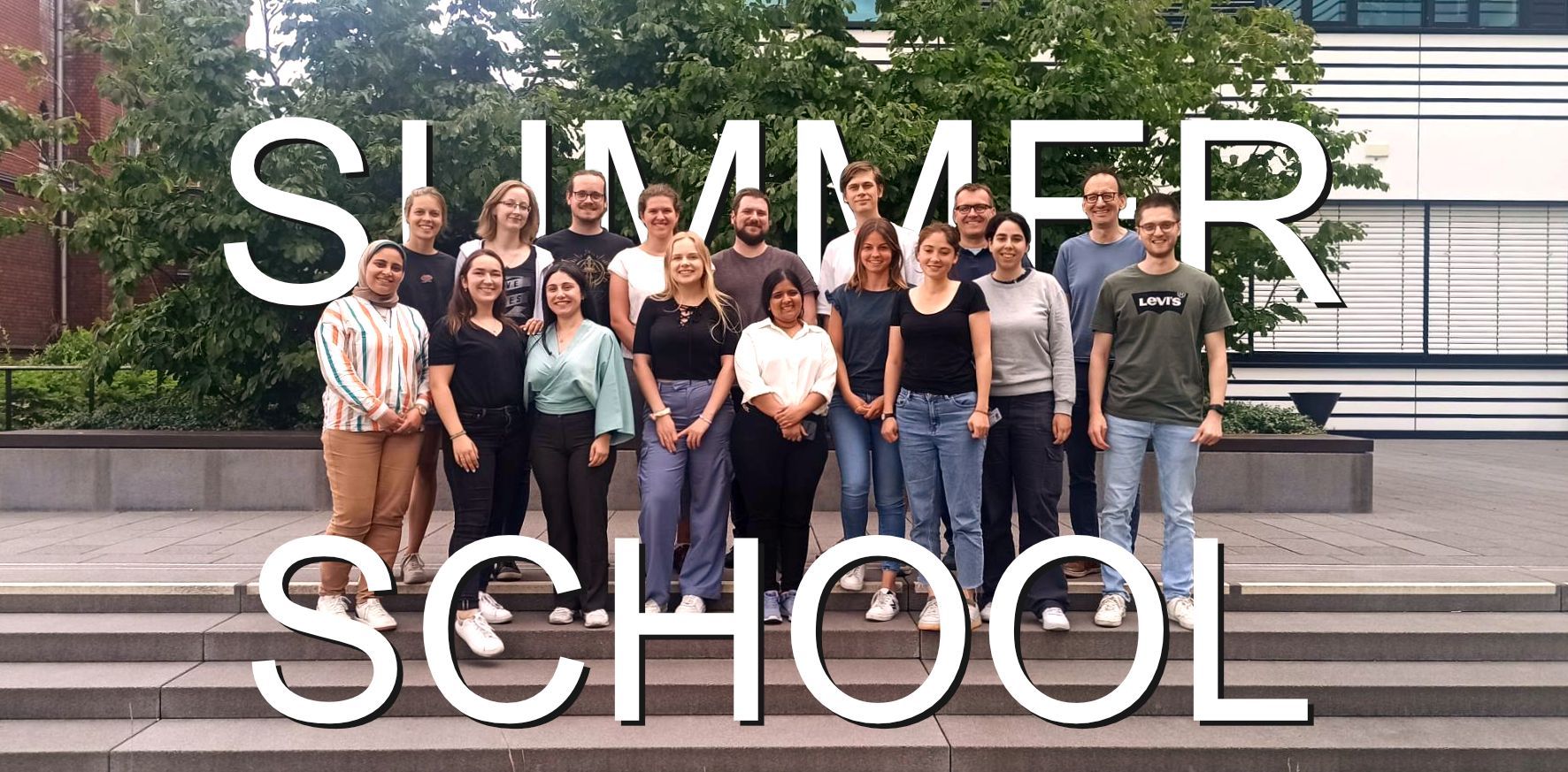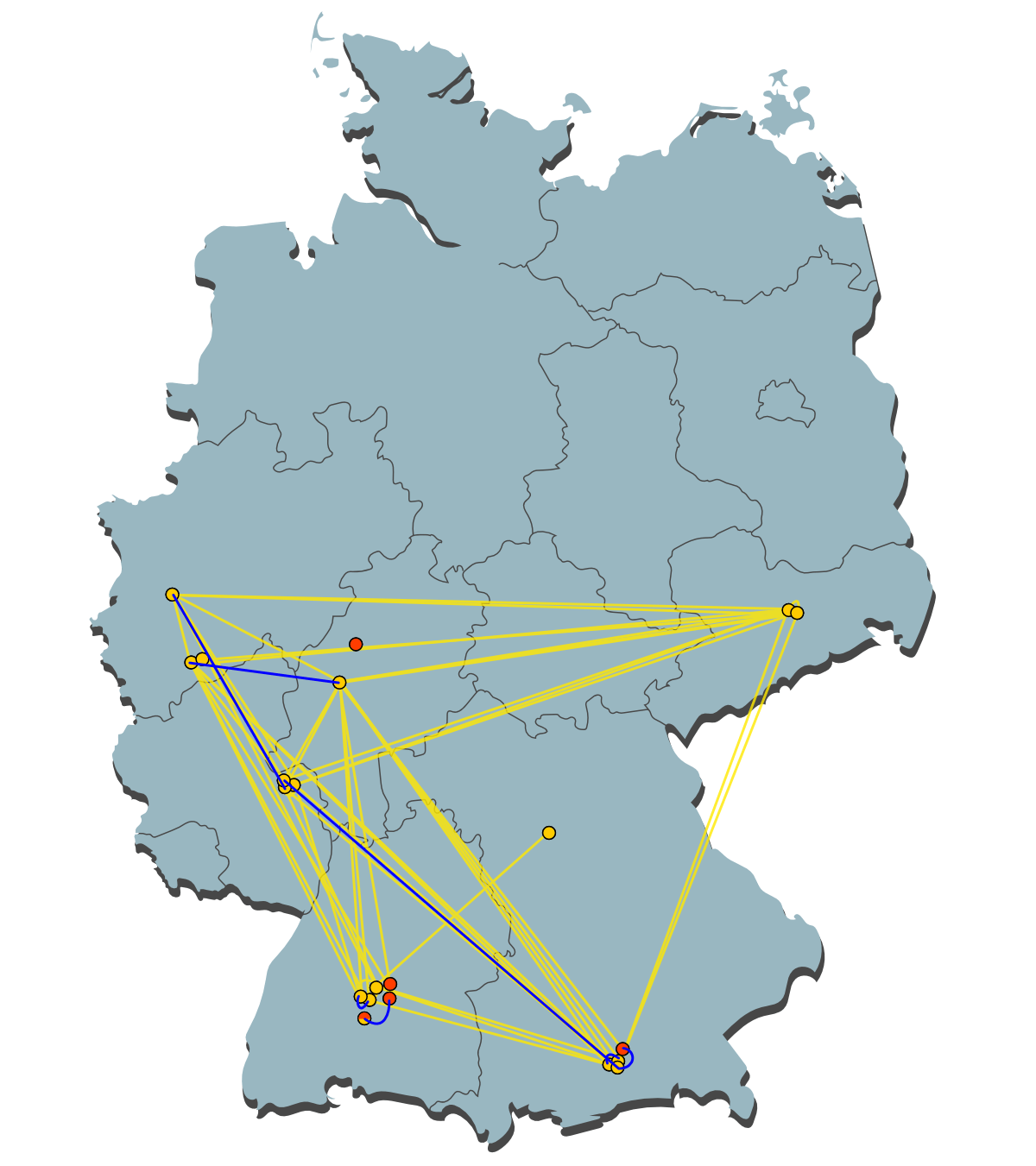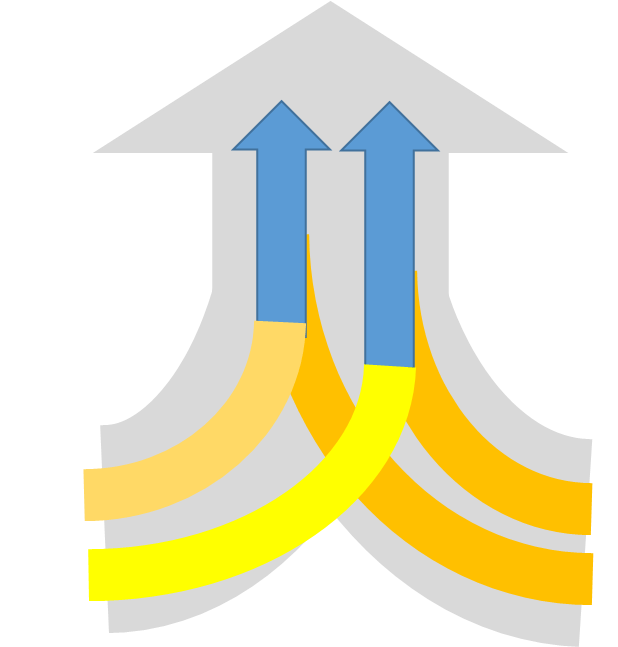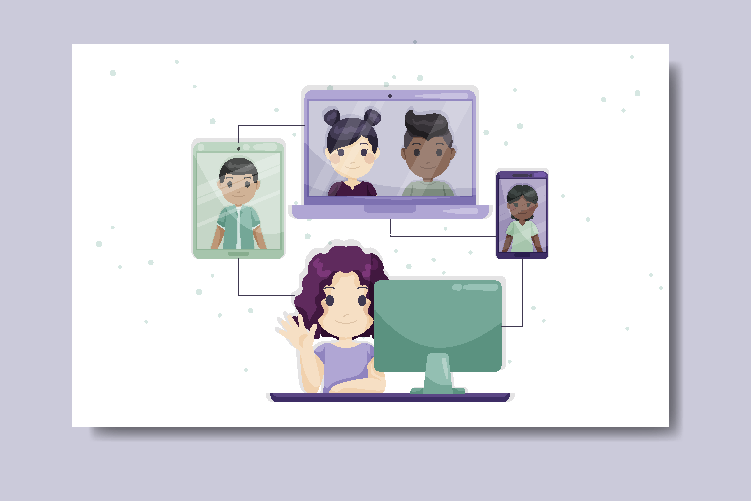Potsdam meeting 2023
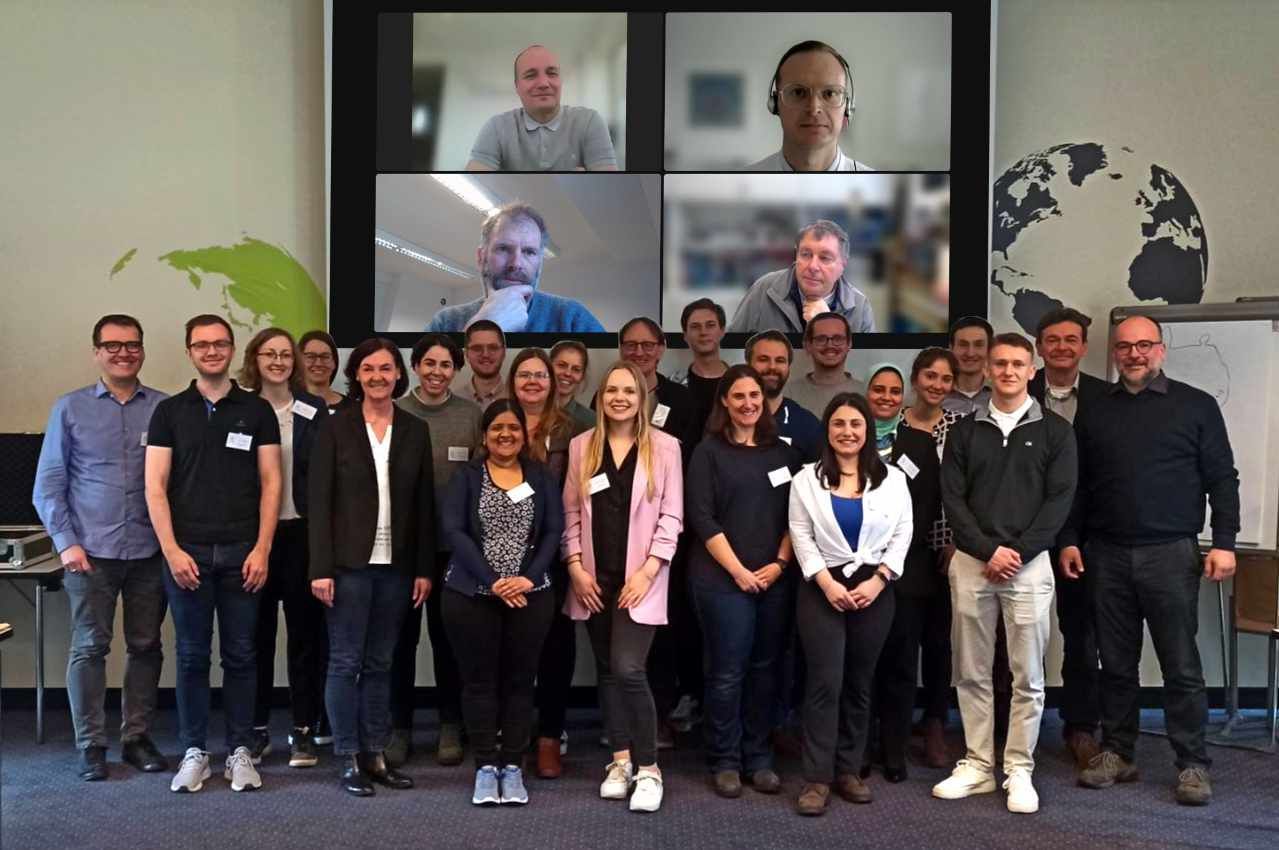
As a research consortium, we recently held a research meeting that brought together PhD students and professors to share their latest findings, exchange ideas, and foster collaborations.
Despite the ongoing pandemic, we were able to hold the meeting in person, taking all the necessary precautions to ensure everyone's safety.
One of the highlights of the meeting was the science slam for the PhD students. Instead of the traditional poster session, the students had the opportunity to present their research projects in a fun and engaging way, using creative formats such as poetry, music, or theater.
The science slam proved to be a fantastic opportunity for the students to showcase their research in a more interactive and dynamic way, engaging the audience in their discoveries and sparking curiosity and interest in their work. The format also allowed for personal and direct feedback from the attendees, as they could ask questions and engage in lively discussions with the presenters.
The science slam was not only a great platform for the students to share their research projects, but also a valuable experience in science communication, which is becoming increasingly important in today's world. The students had to think outside the box and find creative ways to present their work, making it accessible and engaging for a wider audience.
As a research consortium, our mission is to foster interdisciplinary collaboration, promote innovative research, and contribute to advancing knowledge in our fields of expertise. The research meeting is a key element of our strategy, and we look forward to continuing to organize such events in the future. We believe that by bringing together bright minds and diverse perspectives, we can create a vibrant and dynamic research community that can tackle the most pressing challenges of our times.
Overall, the research meeting was a resounding success, with the science slam proving to be one of the most popular and engaging events. It was a great example of how we can foster a culture of innovation, creativity, and collaboration in our research community, by providing opportunities for the next generation of scholars to share their ideas and learn from one another.


